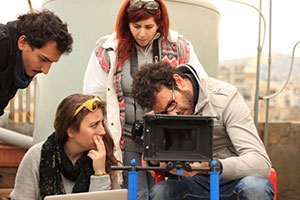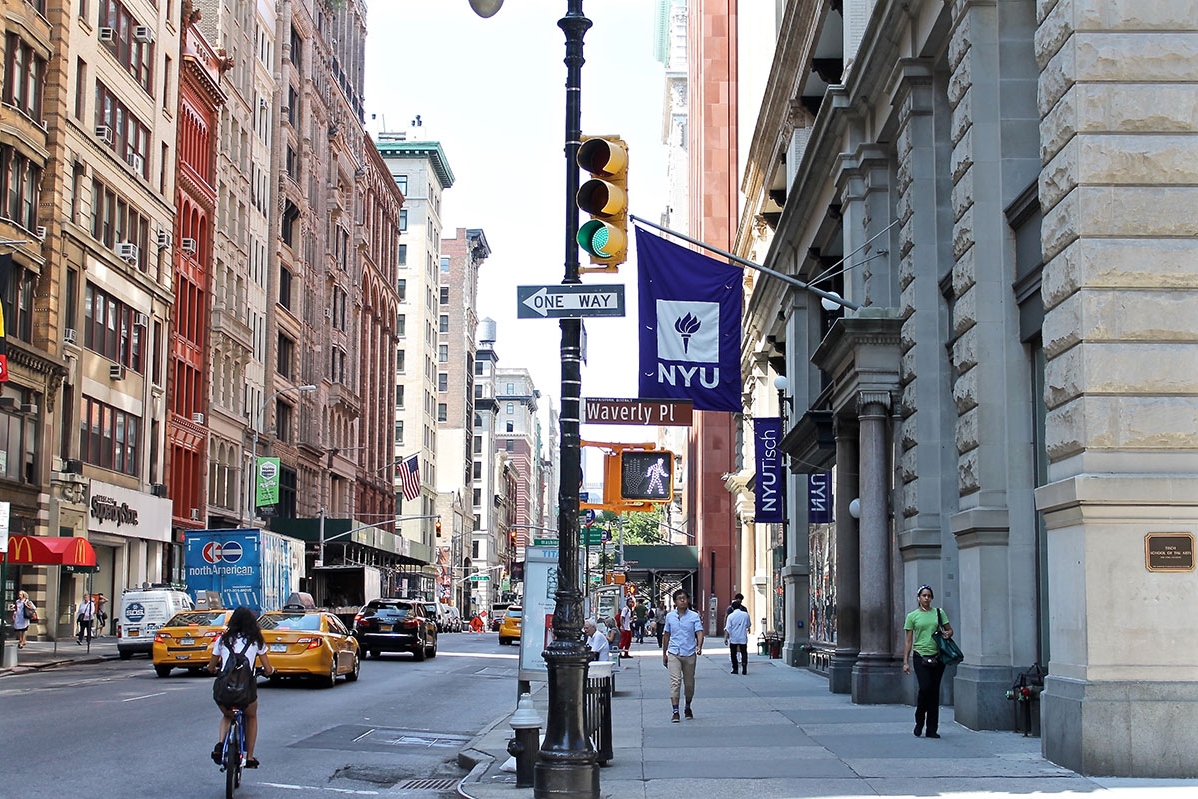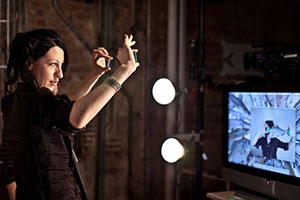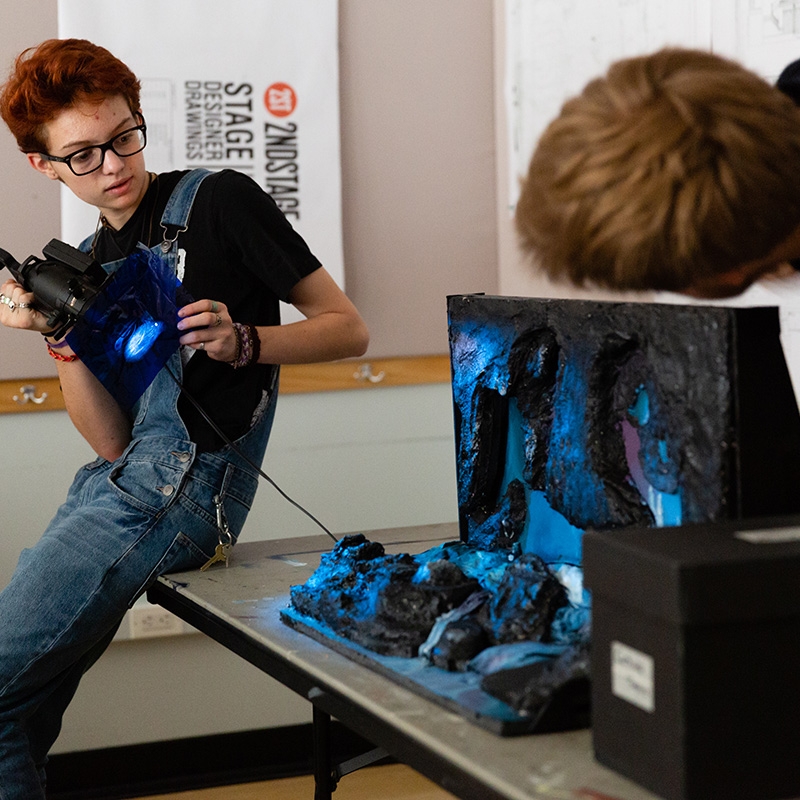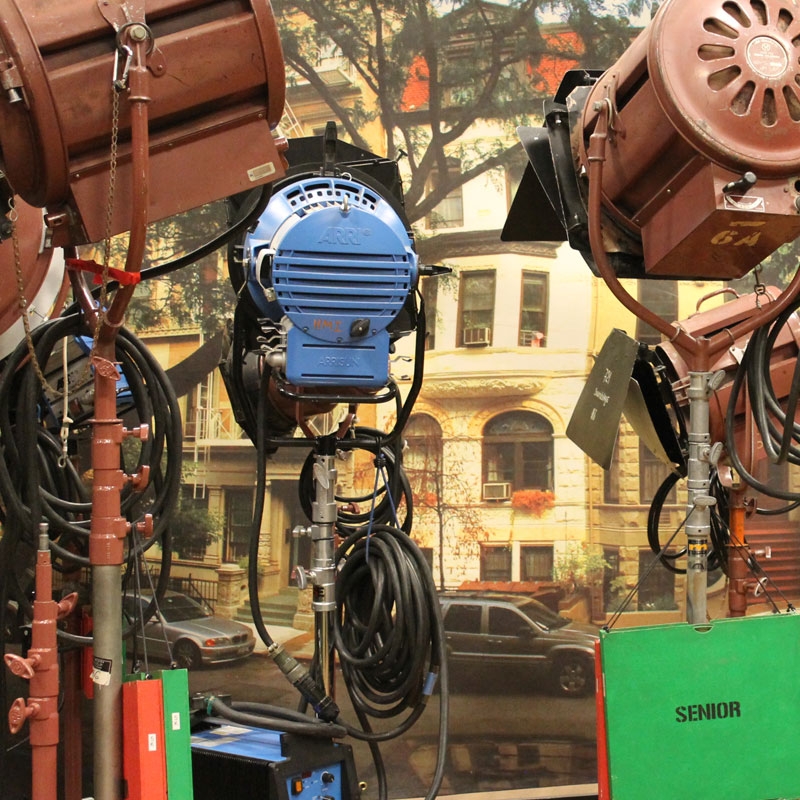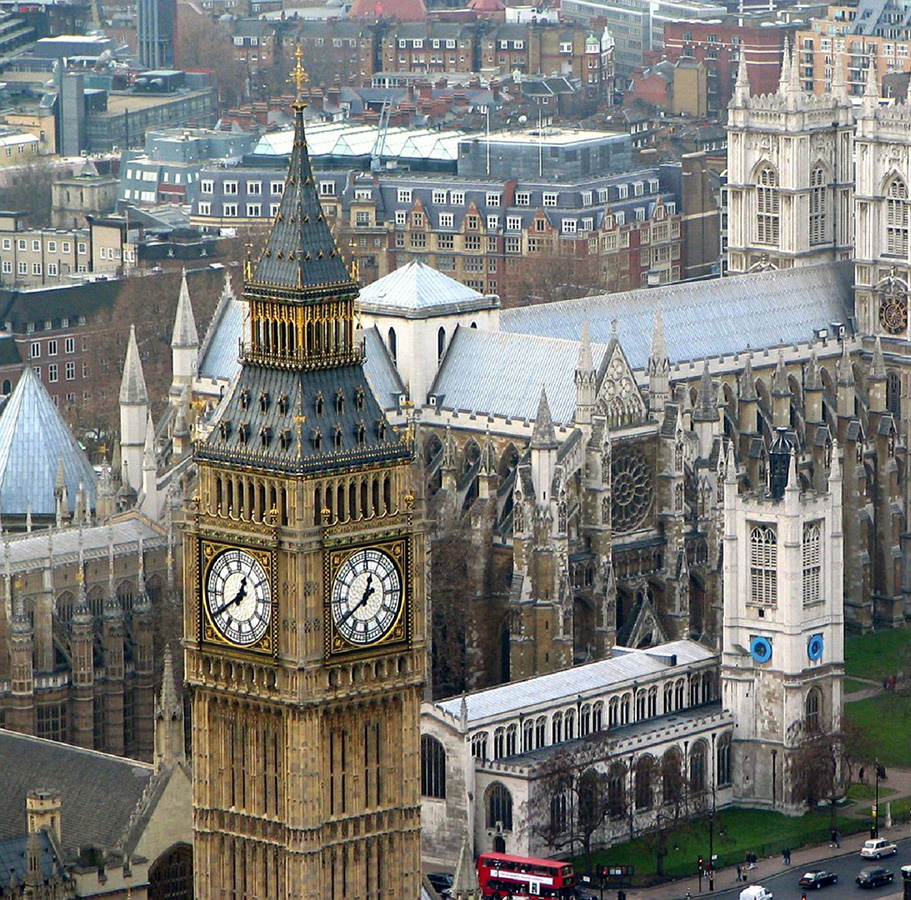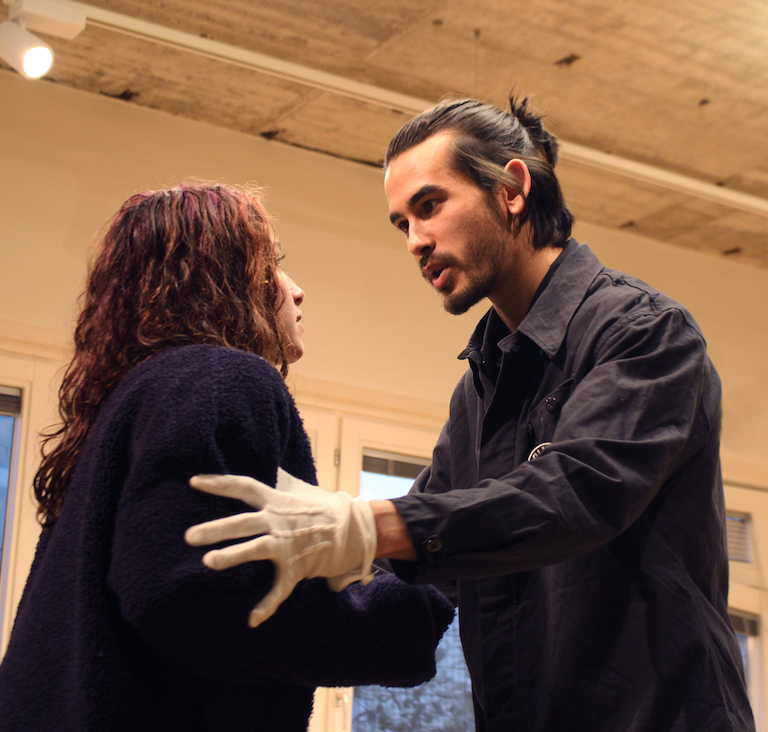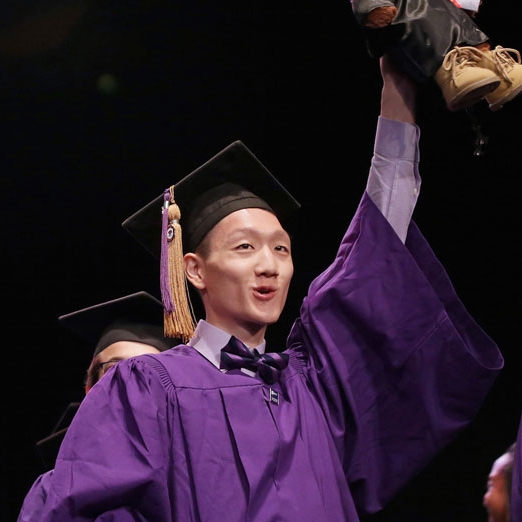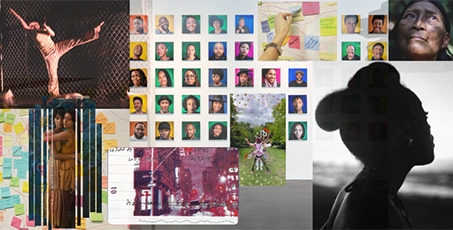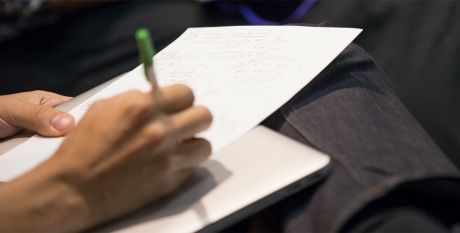Expand your creativity through digital expression with the new Minor in IMA.
The Minor in Interactive Media Arts is only open to Tisch undergraduate students.
The Minor in Interactive Media Arts focuses on the proposition that computation – the ability to code, learn new software, manipulate data and create physical and digital interactions – is an essential creative capability.
Minor in Interactive Media Arts Curriculum
The IMA Minor curriculum consists of at least 4 classes and no fewer than 16 units:
2 Required Courses (8 units)
2-3 Elective Courses (totalling 8 units)
Please Note: Not all courses are offered during all academic sessions. Check Albert for course schedule and work with your academic advisor to plan accordingly. Courses listed are allocated to the Minor. Please refer to the 'Notes' section in Albert for additional departmental requirements and non-major procedures. Courses offered at the School of Professional Studies are not eligible to count toward Tisch Minors.
Core components of the minor, totalling 8 units.
Students must complete 8 units of any IMNY-UT and/or ITPG-GT courses.
The courses listed below are a sample of what may be available during a term, so please check Albert for a comprehensive list of all available IMNY-UT & ITPG-GT courses.
Grades
All students declaring a Minor must receive a grade of C or above in order to have the course count towards a Tisch Minor.
Course Allocations
Students cannot substitute required classes for the Minors. Classes from other departments cannot be used as a substitution for IMA courses.
As of spring 2015, regarding double-counting of courses for Tisch students: students who have any combination of Tisch majors/minors will only be permitted to count one course towards both areas. Tisch minor courses can be double-counted between two Tisch minors. For all other NYU students, students' should follow their home school academic policies.
Declaring a Minor
Visit Albert to declare the minor online. Students should seek out their own departmental approval before submitting a declaration to minor in IMA.
